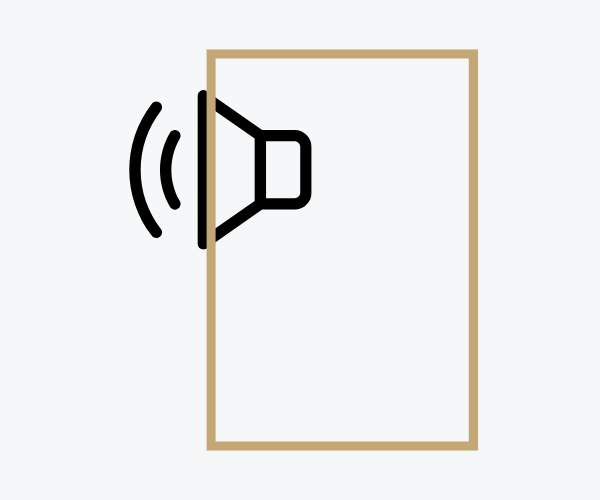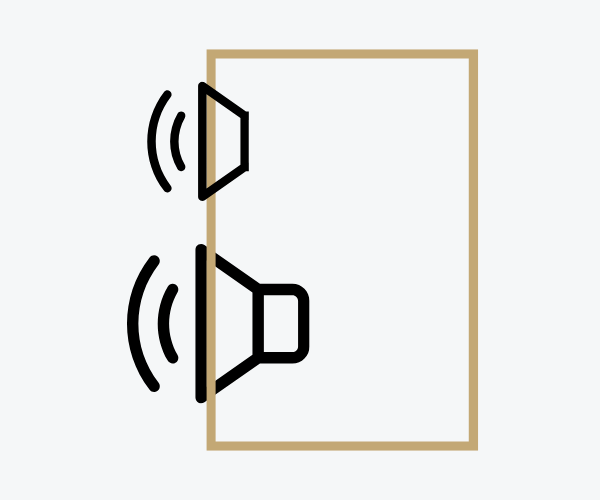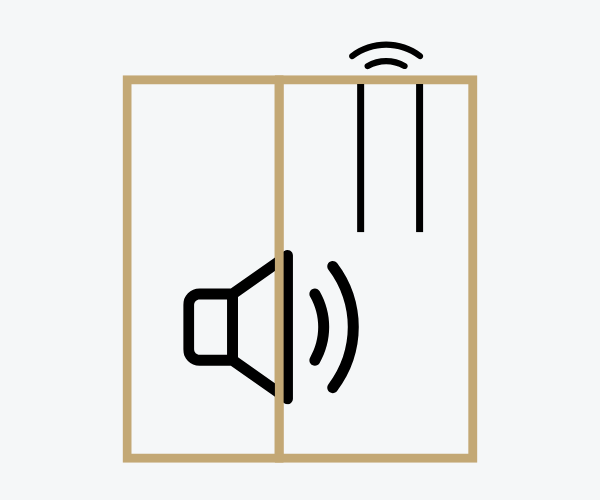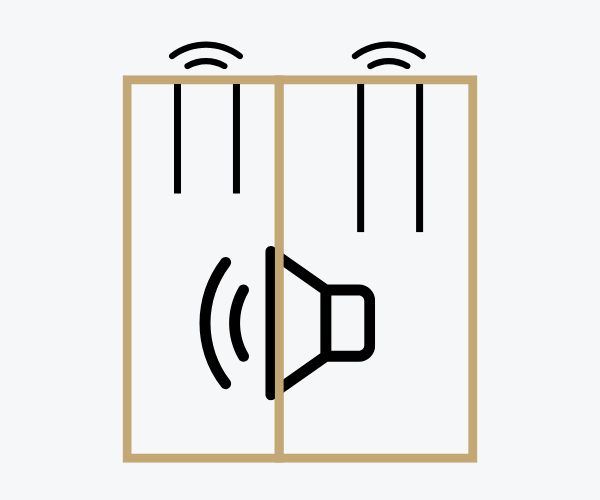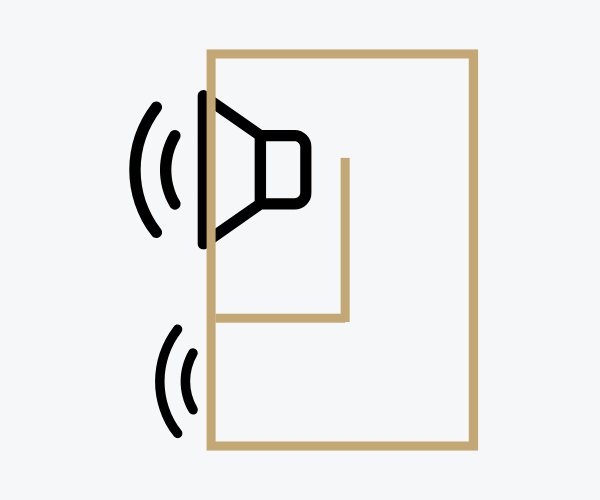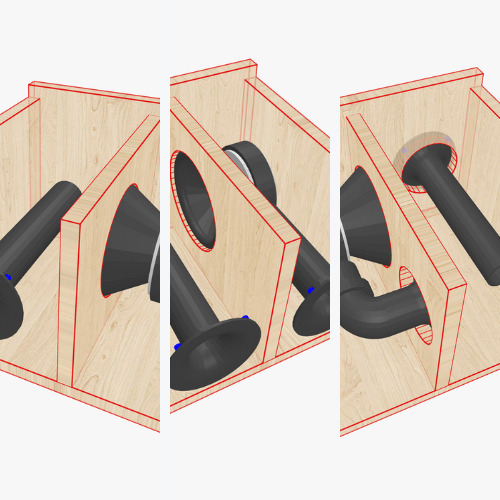Why Every Speaker Needs an Enclosure
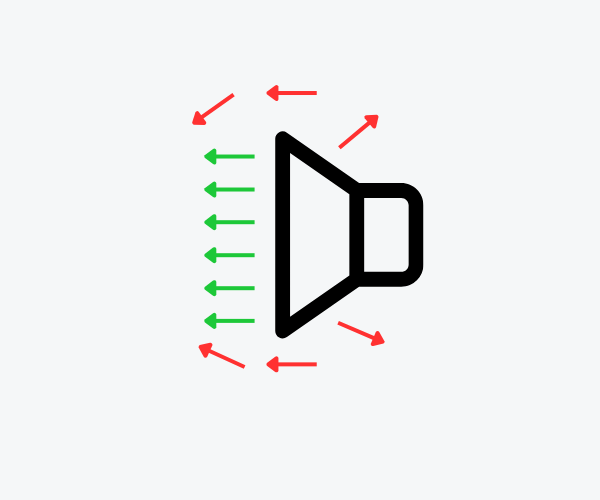
A loudspeaker driver on its own is only half of the story. Place a bare woofer on your desk and play some music — you’ll notice that instead of deep, controlled bass, you get thin sound with little power. The reason is simple: a speaker cone radiates sound from both the front and the back. The waves coming from behind are out of phase with those in front, and they cancel each other, especially at low frequencies. The result is weak bass and poor control.
An enclosure solves this problem by separating the front radiation from the back. But it does more than just block cancellation — it becomes part of the acoustic system, shaping the frequency response, efficiency, and character of the sound. The box can make a speaker tight and precise, deep and booming, smooth or aggressive. It’s one of the most powerful tools an audio designer has.
This is why enclosures matter. And over the decades, engineers and enthusiasts have developed several main families of enclosures, each with its own philosophy and sonic fingerprint. Let’s walk through them, exploring the advantages, disadvantages, and the situations where each design shines.
